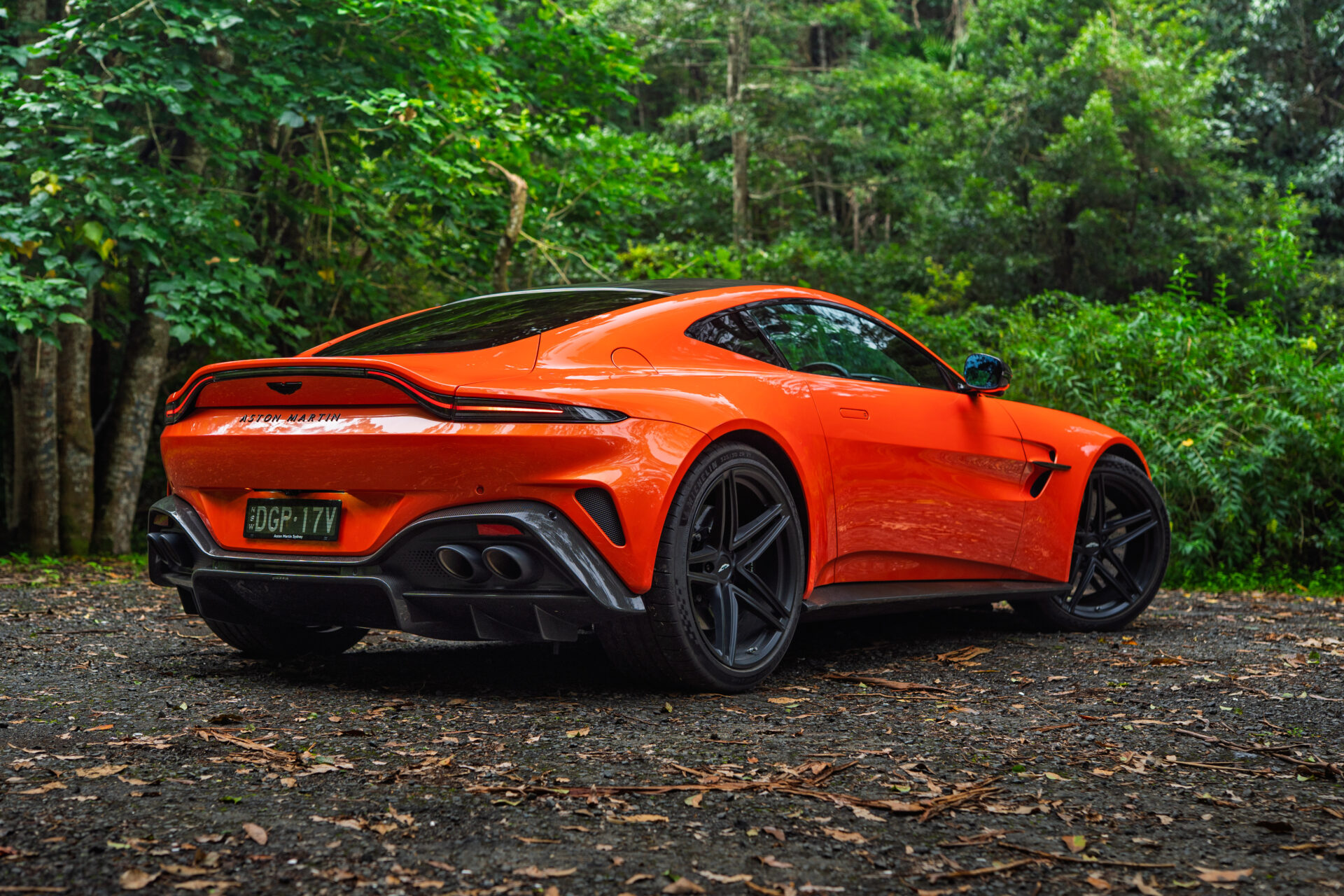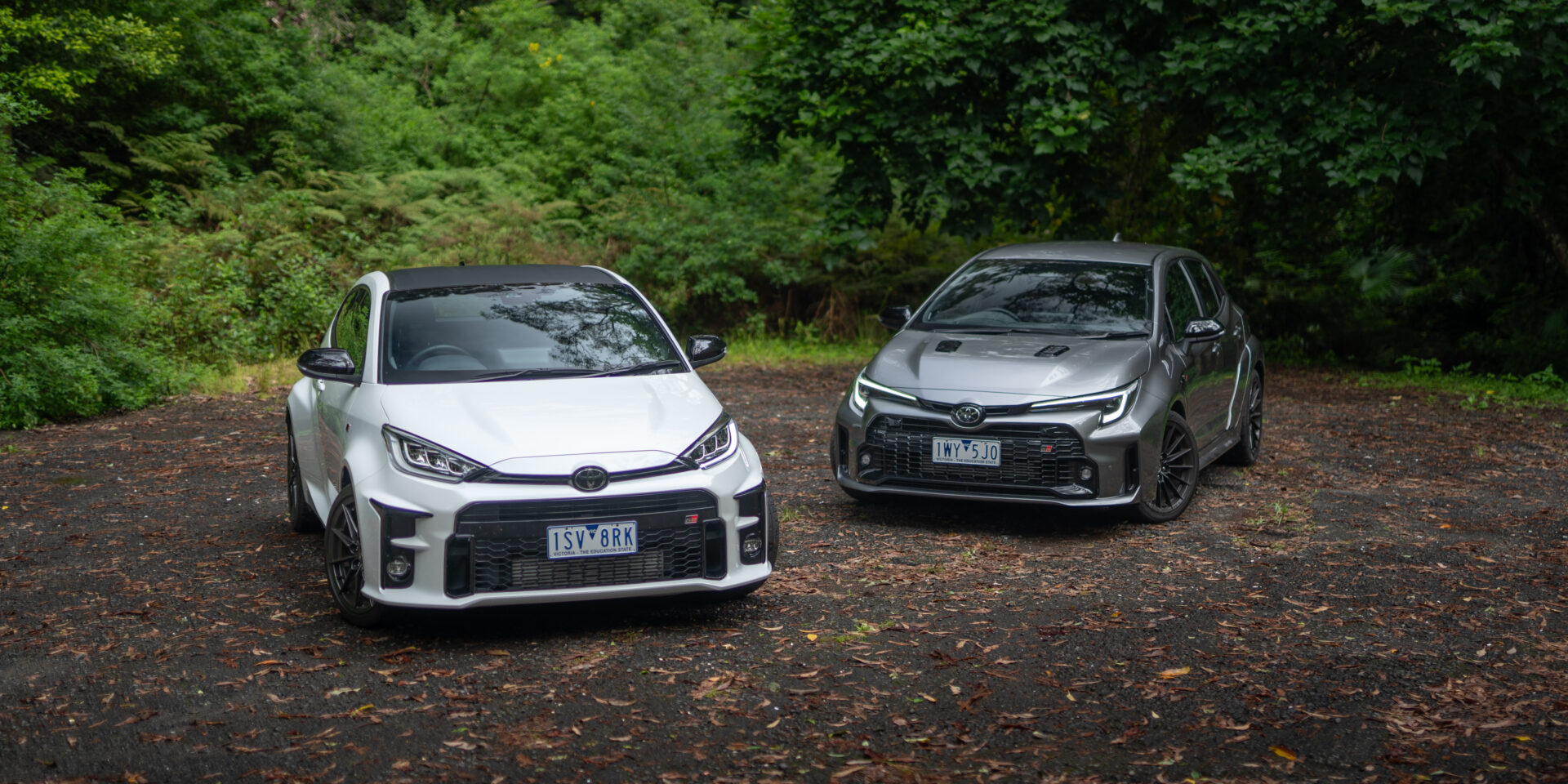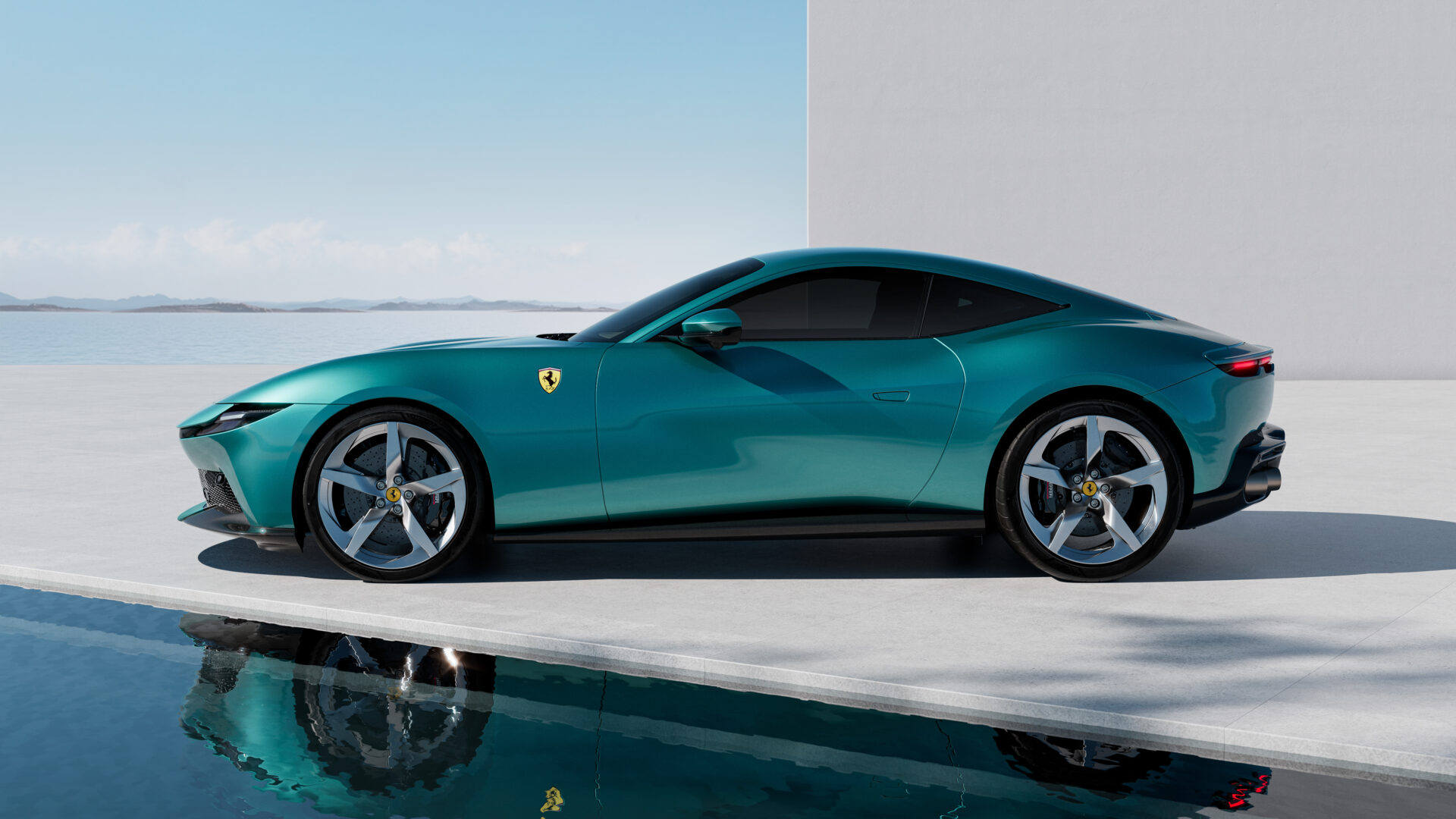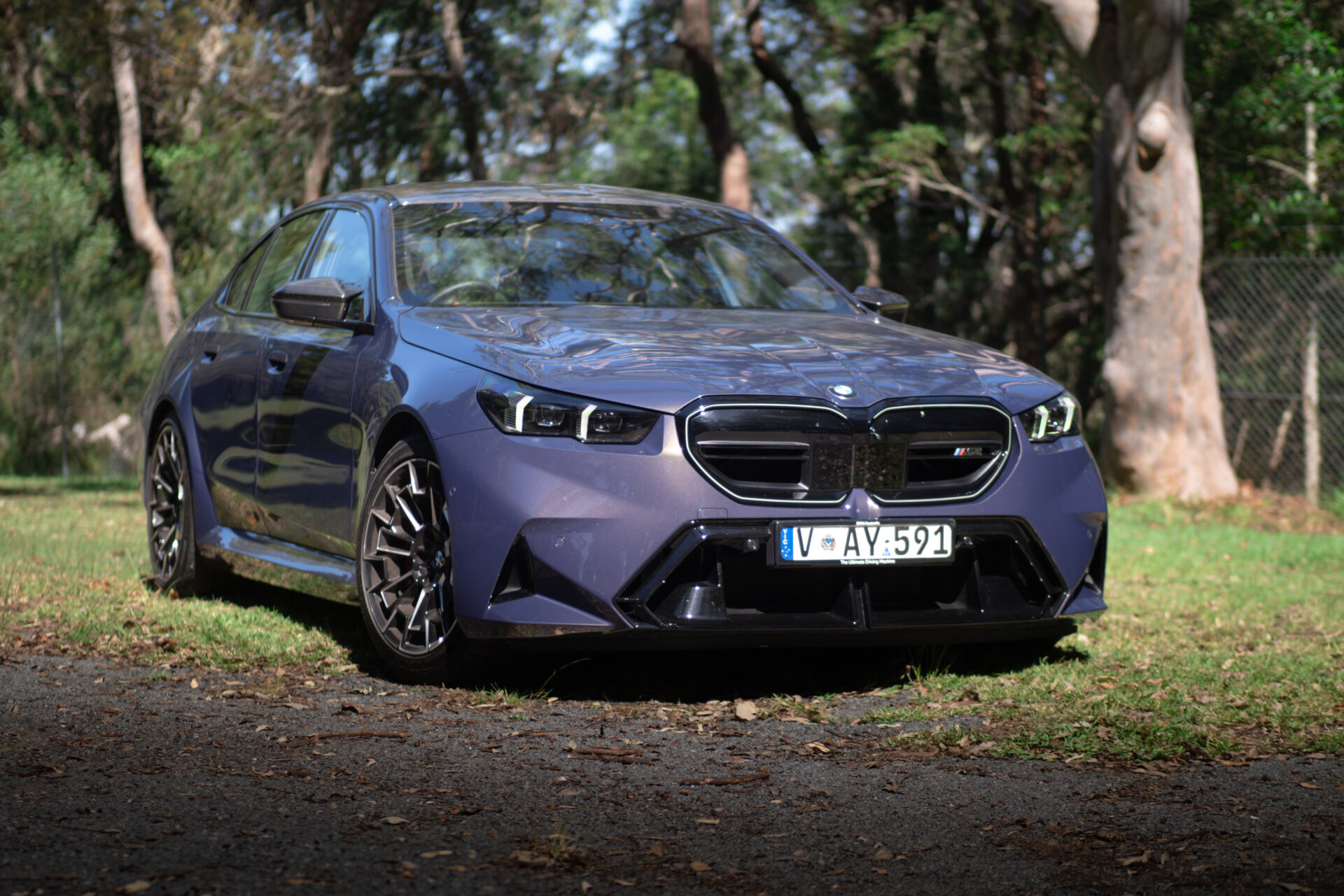The McLaren 570S is the British company’s answer to Germany and Italy’s finest.
Watch and don’t forget to subscribe to The Redline on YouTube
The 570S is probably the first really McLaren car of the modern iteration of the company. Based on what the company learned from the MP4-12C, it took the good stuff and piled on more from the P1 and 650S. The result is something at once hugely surprising and completely unsurprising.
History

The McLaren Formula One team needs little on the way of introduction. Formed by New Zealand racer Bruce McLaren, the team has won all over the place in all sorts of championships.
The McLaren F1 road car is, and always will be, the stuff of legend. Conceived in an airport lounge after the 1992 Italian Grand Prix, it set the standard for hypercars. The Asian Financial Crisis and the resulting shockwaves around the globe restricted its run to just 106 cars. They’re now worth millions. Rowan Atkinson owned one.
For their second car, McLaren collaborated with their then-F1 partner Mercedes-Benz to produce the SLR. The factory moved from McLaren Cars’ industrial unit to the McLaren Technology Centre, right next to the F1 bays. It wasn’t really a proper McLaren, certainly not of the technical standard or innovation of the F1. Think of it more as a branding exercise. At least the companies salvaged the awesome SLR Sterling Moss.
Then in 2010, McLaren bit the bullet and formed McLaren Automotive, launching the MP4-12C to an unsuspecting and, initially unsure world. Frank Stephenson tried to add some drama to the styling and the car itself wasn’t finished in the “feel” sense. McLaren didn’t have a big pool of customers to draw upon or a long history of making roadgoing sports cars. It didn’t take long for the car to improve with every iteration and every visit to the dealer.
Stuff happened, too. Designer Rob Melville arrived from Land Rover fresh from the hugely influential LRX Concept which became the Range Rover Evoque. Job One was the P1, resetting the McLaren design language from the 12C’s false, wind-tunnel start. Job two was the car to replace the 12C and kick off McLaren’s three tiered range, the Super Series 650S and 675LT.
Then came the Sport Series, featuring the 570S.
McLaren 570S
The 570S is supposed to go after the Porsche 911’s crown as the everyday sports car, but when you drive it, it rather feels like it’s chasing loftier goals like, oh, the Ferrari 488. Built around the refined Monocell II carbon tub and powered by McLaren’s own twin-turbo V8. It looked great from the get-go.
The body panels are largely aluminium but rather than being stamped, some of them are “blown.” Called Superforming, the heating the aluminium means it can be shaped to look the way it does – more natural shapes. Plastic body panels form some of the aero shapes, but I think it’s safe to say it’s dramatic and, from some angles, especially pretty. Supercars tend not to be pretty anymore, but this one is.
Engine & Transmission

McLaren’s twin-turbo V8 is technically McLaren’s only engine. It started life in the back of the MP4-12C and has appeared in every McLaren since. The P1’s Instant Power Assist System (IPAS) was the 3.8-litre V8 with electric assistance with a combined 674kW (916PS). In the Senna it produces an astonishing 575kW (800PS), as though the 720PS in the 530kW (720S) wasn’t enough. Codenamed M838T, McLaren co-developed the engine with UK engineering firm Ricardo, who also produce it.
Ricardo and McLaren revised almost a third of the components for the 570S’ installation of the engine. So while it’s technically McLaren’s only engine, it’s different in each car.
Irritatingly you can’t see the engine except through the grille over the rear deck. It’s super annoying.
The seven-speed twin-clutch transmission was co-designed with Graziano and has been in McLarens since the 12C. Called Seamless Shift Gearbox (SSG), it’s the only transmission you can have.
Chassis

The McLaren 570S was the first of the line to use the second-generation carbon tub, MonoCell II. The 12C, 650/675 pair and the P1 used the first Monocell. While obviously super-strong and light, the first MonoCell had extremely high and wide sill, making entry and exit difficult. McLaren worked to lower the sill and they are usefully narrower.
So the new tub is more practical but it provides an extraordinarily strong and stable platform around which to build a very fast car. It’s enormously stiff, much stiffer per gram than a Ferrari or Audi/Lamborghini space frame. Not cheap, no, but it contributes a huge number of advantages, including bringing your backside lower to the ground. And it helps when you want to chop the roof off.
Steering is hydraulically-assisted rather than electric, which seems weird for McLaren who went against the grain everywhere else.
Suspension is by double wishbones at both ends, but in true McLaren style are stunningly beautiful. The car has three modes for the drivetrain and three for the chassis. When you start the car, you’re in “normal” mode until you hit the Active button. Then you can decide the modes independently with two switches rotary switches.
The Diff

Here’s where McLaren goes off the reservation. While its main rivals fit tricky diffs that weigh a lot, McLaren has a wide open diff. Instead of sorting out your traction mechanically – and being integral to the handling – the 570S uses brake steer. Older readers will remember McLaren’s pioneering effort in Formula 1 (which was promptly banned) with driver-operated brake steer. Obviously you don’t get a third pedal in the 570s, the car’s brain sorts all this out.
As always, the internet has divided itself into two opposing camps. A full-on active diff like a Ferrari 488 is a thing of beauty. On the BMW M5, it’s an amazing thing. But with time and effort, can what is effectively brake-based torque vectoring do the job?
Driving

The first thing you notice – and this is completely counter-intuitive – is the ride. As you’re messing about getting comfortable and working out where everything is and whether your seat is right…you realise it’s all very calm. You’re in Normal mode because you haven’t sorted out the pressing of the buttons. But it’s completely weird to be so close to the ground, having closed those beautiful, dramatic dihedral doors but not bouncing around like a bee in a bottle. It’s…comfortable. That can’t be right. But it is.
Once you’re over that (but it never gets old), you realise how great the steering is, how utterly composed is the chassis and the sheer potential you can feel in the car. Active mode on (obviously), into Track and the 570S roars. The great surge of power and torque is effortless and oddly refined. The flat-plane crank soundtrack is a bit more muted than I’d like but this engine spins easily and quickly.
The steering’s accuracy is verging on telepathic but not so overly-enthusiastic as to be tiring.
It still rides amazingly, too, meaning you can throw it down pretty much any road with confidence.
The twin-turbo V8 has just one tiny flaw and that’s one area where I will concede the car has an issue – low down there’s lag. It’s not crippling, not at all, but from a standing start there’s a bit of, “Wait, isn’t this supposed to be oh my goodness, I’m in a different county/council area/shire/country!”
Once you’ve got the V8 spooled up, it’s galactic. The mid-range is colossal (and yes, I’ve driven a 720S and will again, and hoo-boy) with instant throttle and transmission response. The unusual rocker action of the paddle-shifter means you can push or pull on the lever to get a gear so you’ll rarely get it wrong. It’s kind of a nice halfway-house between having the shifter fixed to the column and attached to the wheel.
The McLaren 720S is different to the rest of them. The way it moves, the way it rides and the way it goes. Passengers told me the same thing – once it’s underway, that huge belt of torque rearranged their insides in a way few cars do – not brutal, just a progressive organ-squishing as the torque spins those rear wheels ever harder.
I said at the start that the 570S was at once hugely surprising and not at all surprising. It’s surprising because it’s a hard-core sports coupe with all the right bits – a twin-turbo V8, carbon brakes and a chassis so sharp it’ll make your toes bleed. But at the same time, it has a ride so plush your passenger can sleep undisturbed.
It’s also completely unsurprising because McLaren is a phenomenally clever company with a very clear vision
I can’t tell you what a joy this car is. So why not watch the video and see for yourself?
Like our McLaren stories? There are more here
[table id=6 /]
Photos courtesy of Robbie Josephsen and Ken Butti
































McLaren 570S Interior Photos








Leave a Reply